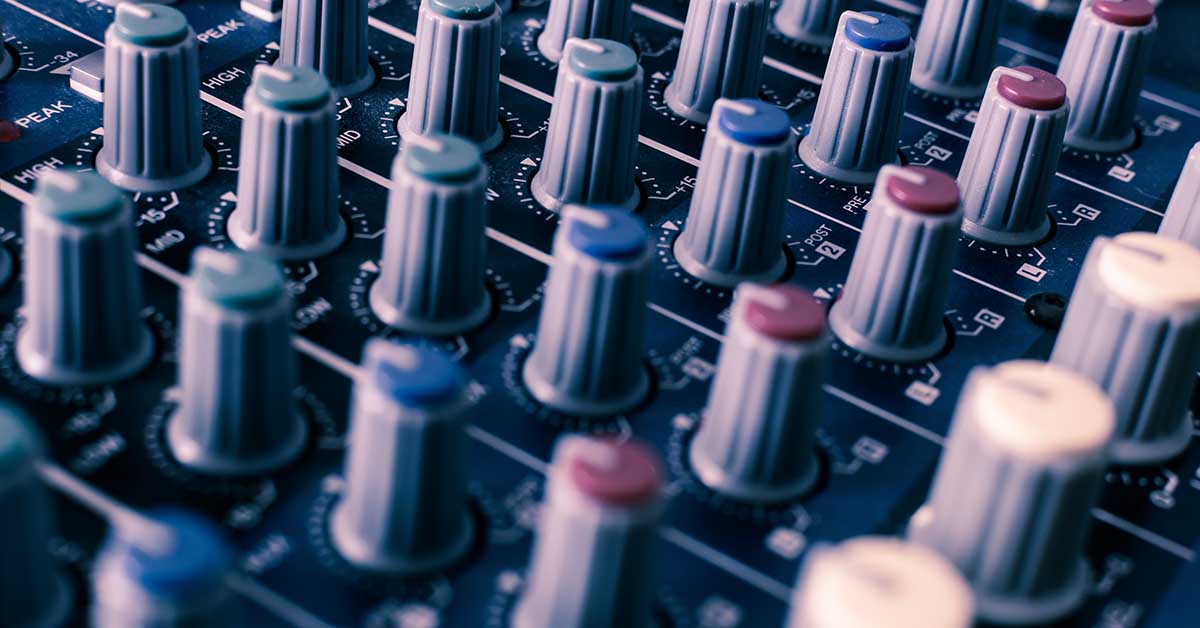
Seeking an Immersive Experience? Sound Matters.
Whether it's an entertainment, hospitality or corporate environment, the ultimate goal of any AV deployment is to provide a truly immersive experience. The type of experience that transports or wows a guest in a manner that seems natural and totally seamless. This requires getting a lot of components right. It often means pairing a story with a host of intriguing and often advanced technologies. Without the right mix of sound and visual effects, this goal is unattainable.
For a lot of reasons, video tends to receive most the attention in the installation world. Its bright, expensive, and the industry has done a good job of creating buzz words that incentivize users to upgrade. At the same time, audio’s evolution over the last decade has been more subtle. Although equally important, advancements in amplifiers, DSP technology, and the availability of network-based gear allow for more flexibility and control than ever before. But without proper engineering, these tools rarely utilize their full capabilities.
Despite taking a back seat, sound is an essential tool for communication. When sound is not given the same value and consideration as other elements such as video, the end product can feel disjointed or unnatural. When this happens the ability to achieve an immersive experience suffers significantly. A tricky thing about sound is that the best designs are often those that go unnoticed. If the end-user never considers the volume, clarity, or direction, that means we’ve done our job- creating an experience that seamlessly embeds technology.
Sound Design
Good sound design starts long before you bring amplifiers and speakers into a space. For instance, starting with a room that naturally sounds good provides an enormous jump start over an environment that is not acoustically friendly. Unfortunately, the trend towards modern design, with lots of glass, big open spaces, sharp angles, and minimal décor creates loud and reverberant environments. This is not ideal for audio. You may notice that museums, restaurants, and lobbies have become louder in recent years. I believe architecture and interior design trends are partially responsible.
Working with an acoustician when designing a space will pay dividends later when your audio engineers are not battling the laws of physics in an attempt to generate coherent sound. Sound design contains many subtleties that other métiers lack. Proper measurement tools allow you to clearly define video quality. This is not always the case with audio. Even with proper engineering, there is still no substitute for one’s ears when creating great sounds. Sitting in a space and tweaking a system to make it sound just right is as much an art as it is a science.
Sound is a crucial tool when providing focus within theme park attractions. In these fast-moving setting, sound draws attention to a specific visual element. We can also use sound to help reinforce environments. Using echoes to create the illusion of a cavernous environment is a prime example.
It's not hard to find similar examples across all types of AV deployments, often by recognizing deployments that fail to deliver. Simply put, sound deserves equal attention. Failing to do so will undoubtedly result in a less than ideal experience.
Chris Kratochwill
Chris Kratochwill, Design Consulting Manager at Electrosonic, writes with insider knowledge on what it takes to bring visions to reality. He has more than 25 years’ experience working with end-users, architects and planners to design award-winning experiences for multi-million-dollar projects in the leisure and hospitality sector.










.jpg?width=1500&height=995&name=ELC501_N17_medium%20(1).jpg)








































































































































































































